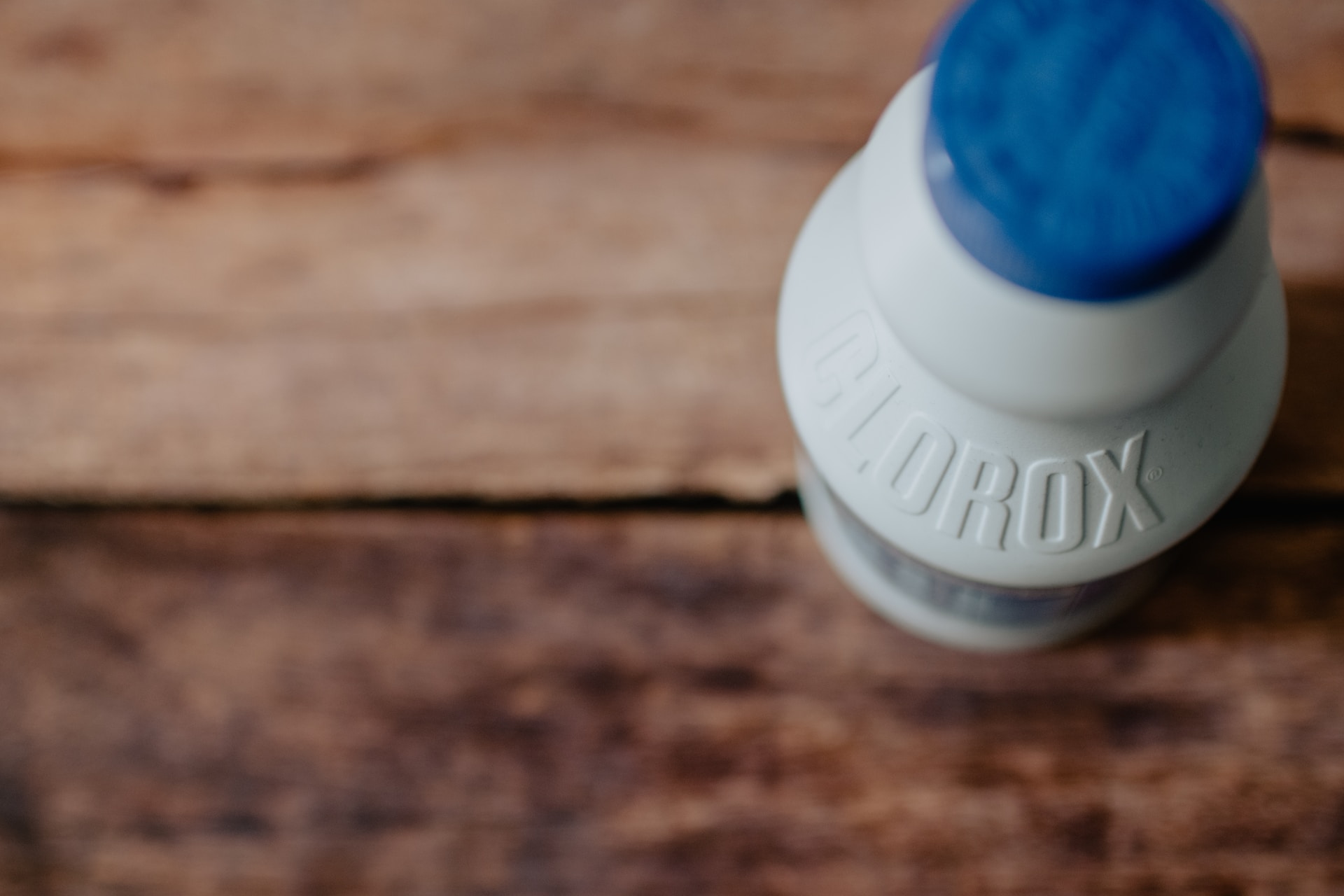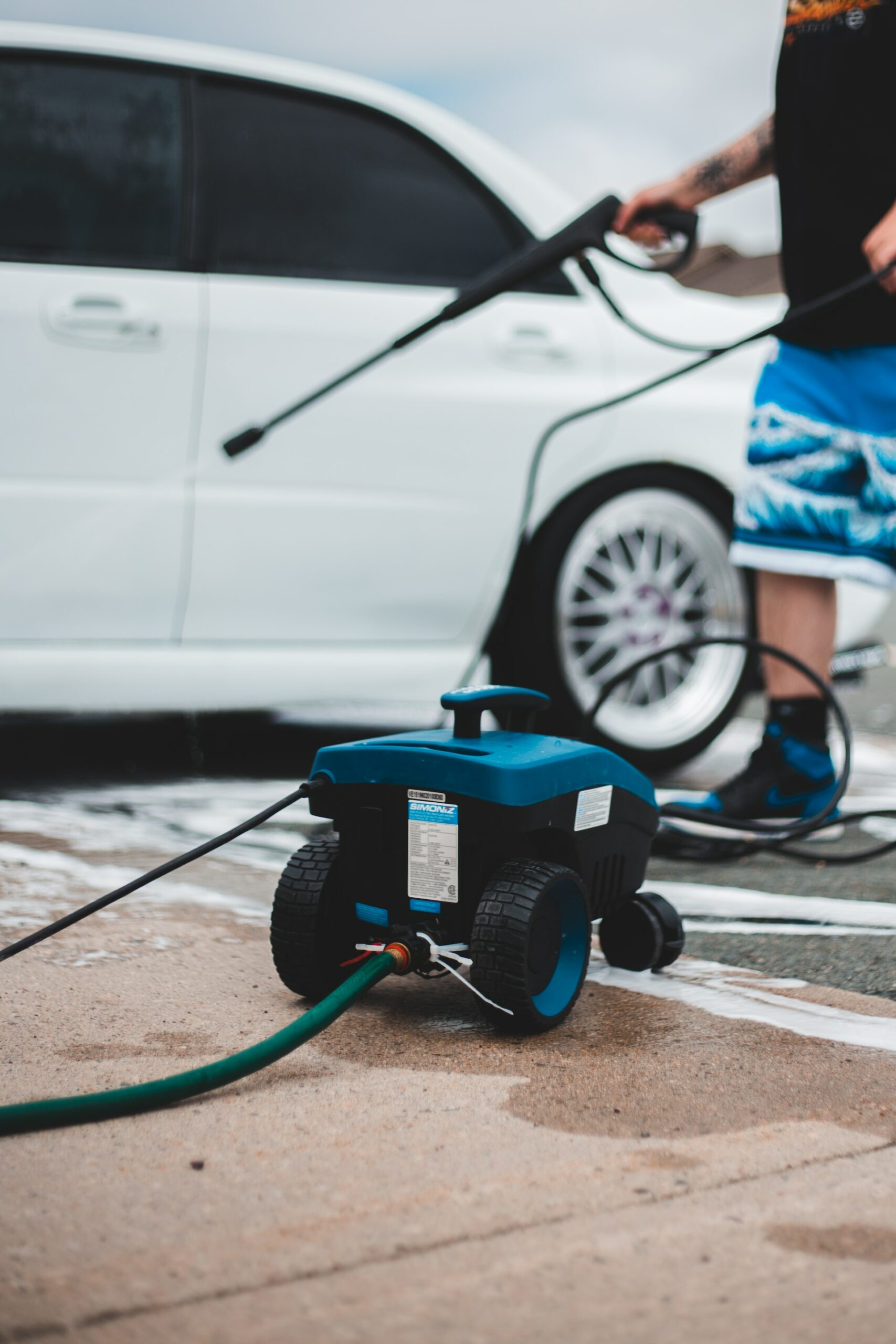All too often, we use complicated tools without really understanding how they work. We don’t consciously think of how our car runs or how a drill spins, we just accept that it does and leave it at that. For the most part, that’s fine. But aren’t you at least a little bit curious about how a pressure washer works?
I’m not going to say that pressure washers are simple machines. They are in a sense, but not in a “you or I could put one together” kind of way. Understanding the fundamentals of a pressure washer is pretty simple. On top of satiating your curiosity, it will also give you a deeper understanding of the machine. With this understanding, you can diagnose issues in case of subpar performance. Or, even impress your friends on trivia night when the “Pressure Washer Mechanics” category comes up.
The Inlet
On a pressure washer, the inlet is where water is introduced into the system. Normally located on the side towards the rear of the unit, it only requires a threaded hose to connect. Most often the water source would be an exterior hose line. Normally within this inlet is a filter to ensure no dirt or large debris ends up within the system.
Should you notice a decrease in pressure, it could potentially be that this filter has broken. This would then allow large debris inside and, in turn, restrict water flow into the system.
The Motor
Most commercial pressure washers are fitted with a gasoline motor which provides power to the system. However, smaller residential units may not have their own motor. Instead, many run off electricity. The difference between the two is that gasoline motors can provide much more power than their electric counterparts.
Typically, residential users wouldn’t need the power of a gasoline motor so don’t worry if yours is electric. Common issues related to the motor involve the system’s power delivery; if you can’t get your machine to turn on, this may be the culprit.
The Pump
This is where the pressure part of pressure washer comes from. The pump pulls the water from the inlet line and fires it out at high pressure through the hose. Powered by the motor, this piece of the puzzle is the most important. It’s also where a lot of pressure washer-related problems come from.
Pumps are under a lot of strain for their entire working lives, as they pressurize up to two gallons a minute of water. Issues relating to the pump would manifest as weak water pressure or an entire lack of production from the gun itself.
The Pressure Hose
Before someone says anything, no it is not just a regular hose. Your standard garden hose isn’t resilient enough to withstand the pressure created by a pressure washer. More than likely, a standard hose would be heavily damaged in the process. This is of course, very dangerous. Luckily, the big brains at pressure washer HQ thought of that.
Pressure hoses designed to operate at high pressures are made specifically for pressure washers. These lines have a wire mesh as well as layers of dense plastic to reinforce the structure. This hose leads from the pump to the gun.
Most issues relating to the hose will be found around the fittings on either end. This piece may need to be replaced a couple of times over the course of a washer’s life, but it’s one of the easiest pieces to fix.
The Gun
We’ve finally made it down to the “business end” of our machine. The gun itself is a frame that contains the nozzle and trigger and is fed from the pump connected by the pressure hose. When people think of pressure washing, usually they think of the gun. Ultimately, the gun isn’t too complex. It mainly acts as a stabilized platform by which you can harness the pressurized water.
Issues relating to the gun itself almost always fall within the trigger mechanism.
The Nozzle
Finally, we arrive at the end of our journey.. The nozzle is where the pressurized water exits the system. Water flowing through the gunexits the nozzle at high pressure. However, the actual pressure by which it exits the nozzle is actually dependent on the nozzle itself.
Nozzles are changeable, and come with a handful of different tips. These tips determine the spread and intensity of the water. It’s important to know which nozzle is best for which job, or you may end up with some property damage.
Pressure washers are wonderful tools, but they are by no means mystical. The means by which they operate is easy to understand, and the machines themselves aren’t too crazy to maintain.
For any and all pressure washing-related questions you might have, don’t hesitate to give us a call. We’re passionate about what we do and the tools we use so we’re more than happy to help you out.


